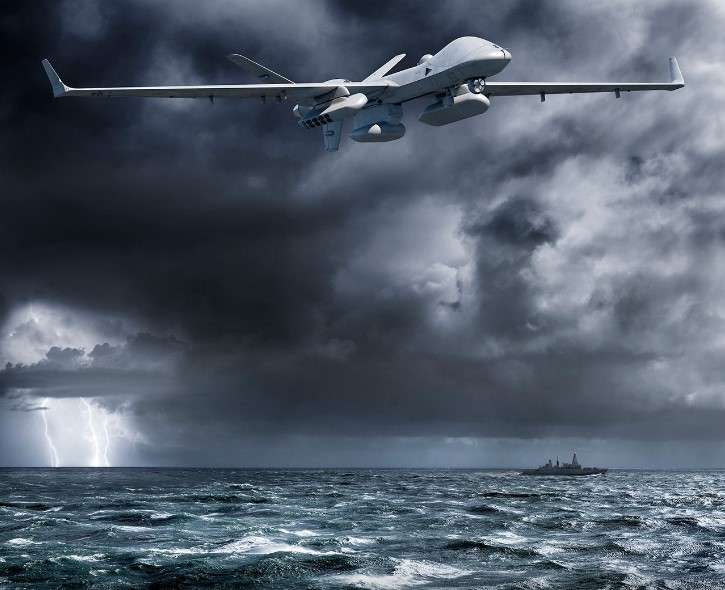The U.S. group now threatens the leading export market for Israeli drones
30 Guardian
The Indian Navy's two MQ-9B Sea Guardian MQ-9Bs would soon be joined by 30 additional systems. These new aircraft would be distributed equally among the three armies (10 units each). This decision by the Indian MoD comes just before the visit of U.S. Secretary of Defense Lloyd Austin, who will come on an official trip at the end of the month. If this contract is confirmed by a first "down payment", it would be the first joint purchase involving the three armies. This is one of the consequences of the creation in December 2019 of the position of Chief of Defence Staff (CDS), held by General Bipin Rawat.
Towards an armed version
The estimated cost of this contract would be 3 billion dollars, and details about the versions (Sea Guardian or Sky Guardian) as well as the options (ammunition, payloads ...) have not yet been revealed. This decision comes after the failure of negotiations in October 2020 because the Indian Navy did not want to arm its future UAVs at the time. General Atomics would undertake to deliver the entire order in less than 3 years.
Disputed environment
This RPA (Remotely Piloted Aircraft), certified to the NATO standard (stanag-4671), which succeeds the Reaper, has made a strong impression on the military thanks to its autonomy (more than 40 hours depending on the payload) and the performance of its onboard sensors. Initially deployed in the Indian Ocean, the Sea Guardian would have been deployed in Ladakh to conduct reconnaissance operations against the Chinese army. Above all, this naval version of the Guardian would boost the Indian Navy's anti-submarine capabilities. Complementary to the P-8 Poseidon, they would thus cover surveillance racecourses located at lower altitudes. The Guardian's ability to operate in difficult conditions with a small logistical footprint convinced the military to turn to General Atomics, to the detriment of the Israelis. Until now, India has been the leading export customer for IAI's competitor, the Heron Male UAV.
Découvrez cet article sur Air&Cosmos

